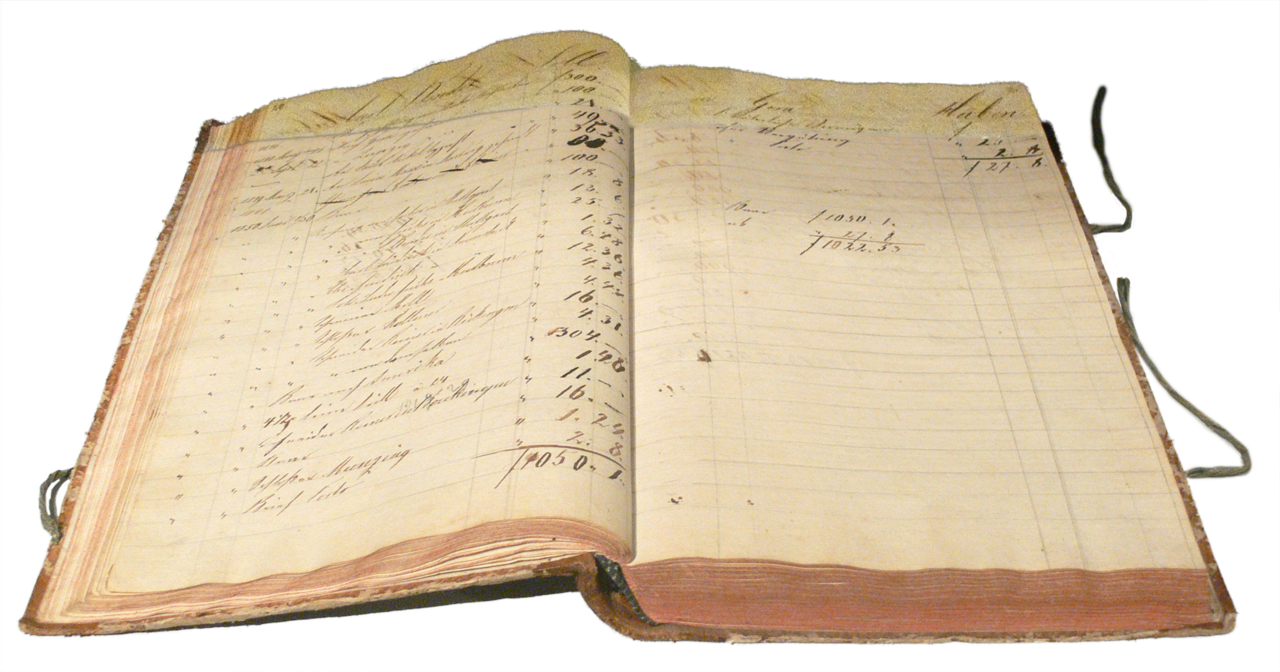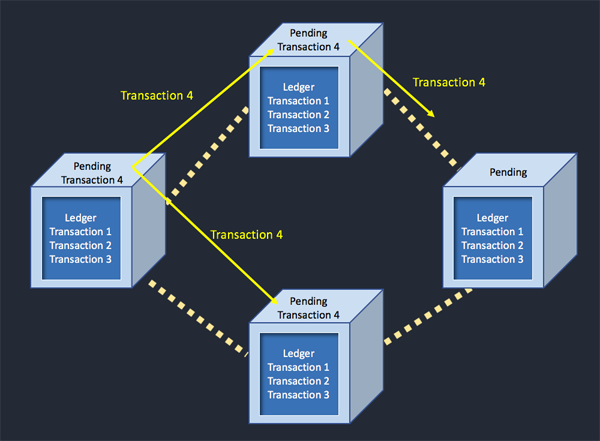Architecture

As will be described in the next section of this topic, blockchain technology is being used for a broad and diverse set of applications. Although each system has its own software and functionality, they all share the common elements and characteristics described in this section.
Ledger
All blockchain systems utilize a distributed digital system of records, which is any blockchain system's core attribute. These systems of records are used to record information from transactions in sectors including: financial, supply chain, health, energy, cybersecurity, and real estate, among others. An example of a financial transaction is a money transfer such as a deposit or withdrawal from a bank account. The following definitions capture the terms used for blockchain systems.
A ledger is a record of transactions, for example financial deposits and debits including dates, amounts, recipients, and descriptions.
A distributed ledger is a set of geographically separated ledgers each with shared and synchronized information. Distributed ledgers can be hosted within a closed or private set of users or they can be open to the public.
All blockchain systems are built around distributed ledgers as their core architectural element.
Blockchain

Adapted from NISTIR 8202
All blockchain systems include software and functionality implementing a type of distributed ledger called a blockchain to record physical transactions and network-based mining activities across the distributed blockchain custodians to compare and verify incremental changes to the distributed record.
A blockchain is an immutable digital ledger system, consisting of the block, the chain,the hash, and the network, providing a sequential chain of records. A blockchain is implemented by a distributed transaction database and algorithms shared among all nodes in a networked system. The database contains a full copy of every transaction ever executed in the system.
Block: A block contains transaction data. Every block includes the current transaction and a reference to the previous blocks. Because each block contains a reference to the prior block, the collection of all blocks in existence can be said to form a chain.
Chain: A chain is a collection of blocks that are linked together referencing hashes from the previous block.
Hash: The hash is a unique digital signature generated cryptographically, which links the two subsequent blocks together to form a chain. A hash is an algorithm that turns an arbitrarily-large amount of data into a fixed-length hash. The same hash will always result from the same data, but modifying the data by even one bit will completely change the hash. Like all computer data, hashes are large numbers, and are usually written in a hexadecimal format.
Blockchain custodian: The holder of one of the distributed copies of the blockchain distributed ledger.
Network: The last part of a blockchain is the network. The network consists of computers or nodes that are the custodians of the information entered into the blockchain via transactions. Before an entry is made permanent in the blockchain, all nodes verify the transaction. Nodes are computers or systems operating on a larger network.
Mining: The process of verifying pending transactions and integrating them into the distributed ledgers held by the custodians.
Continue to Commercial Examples.







